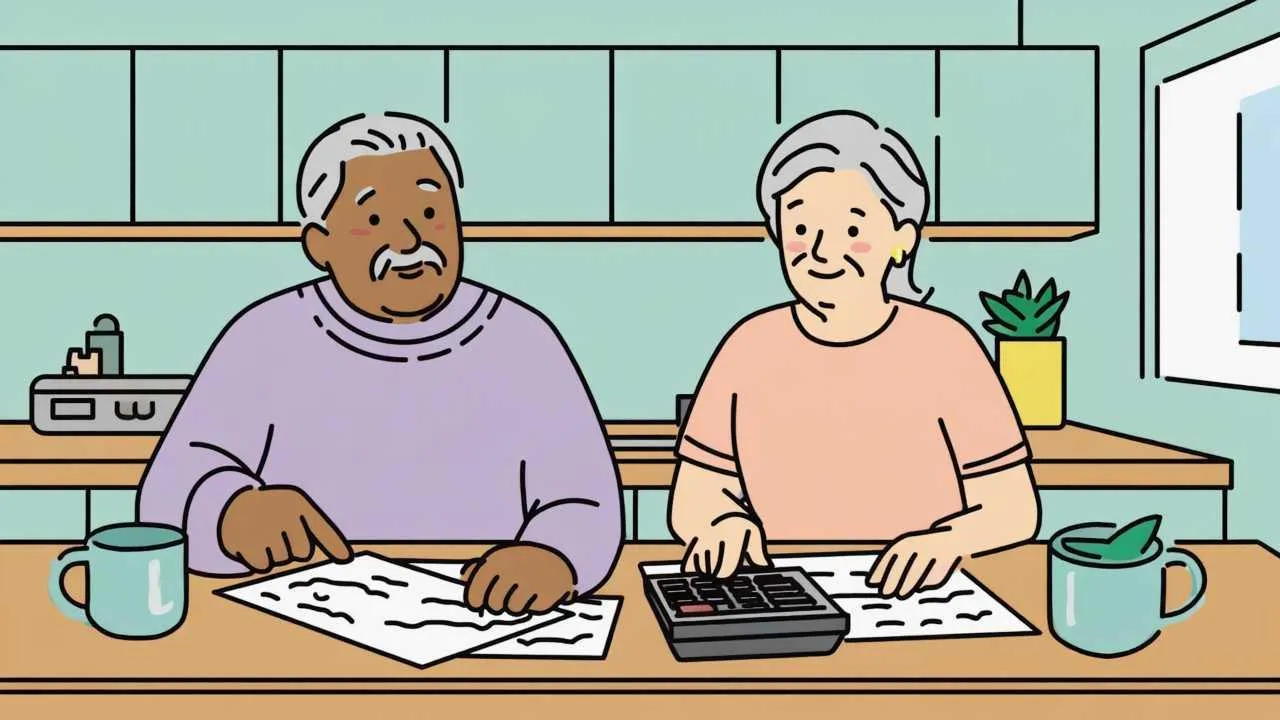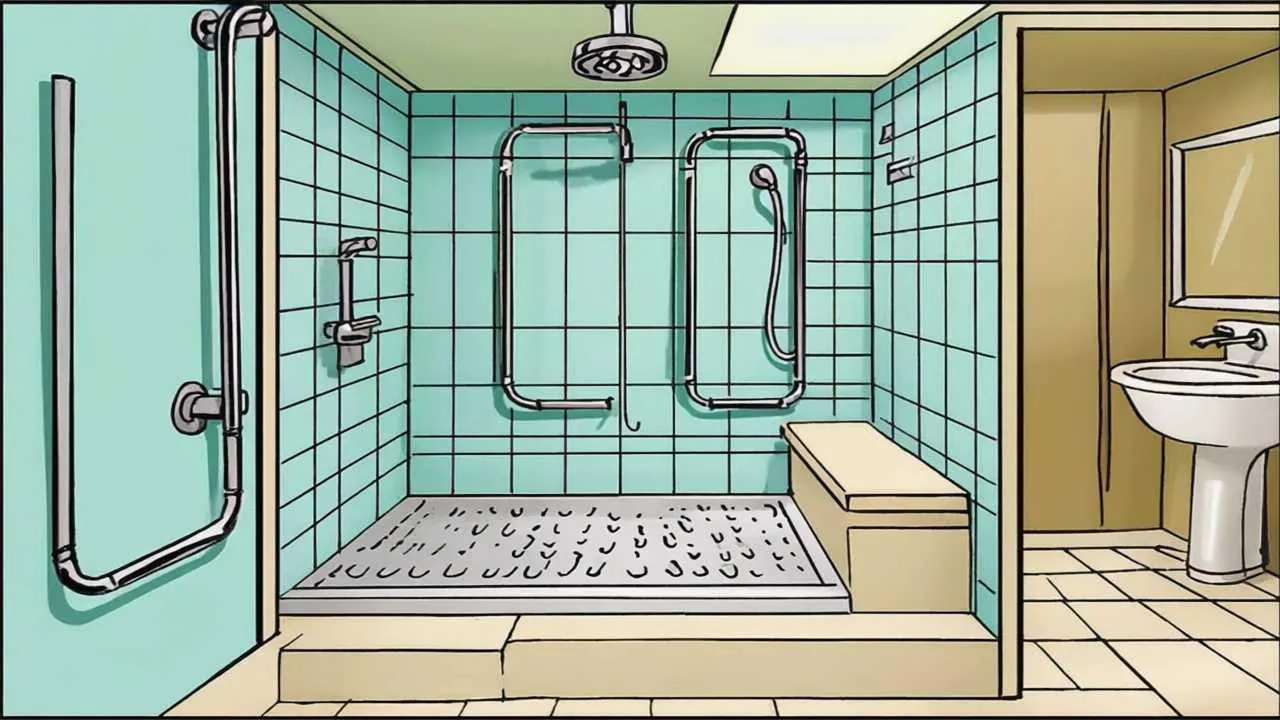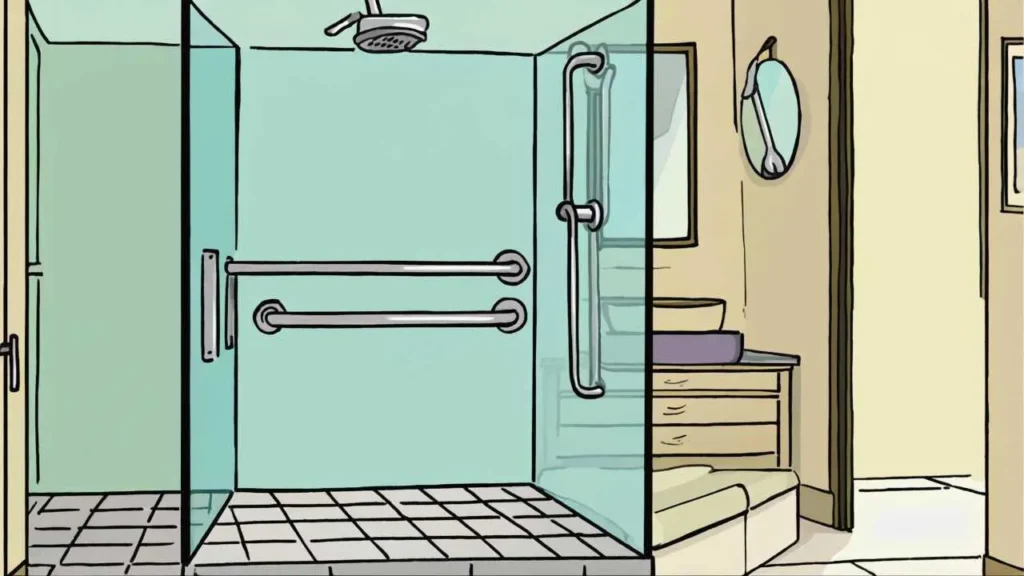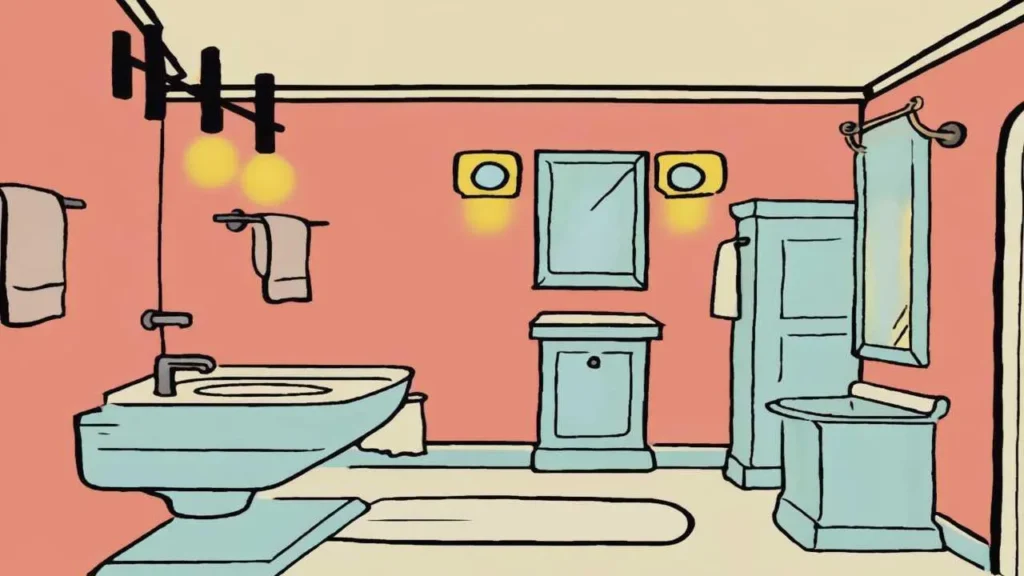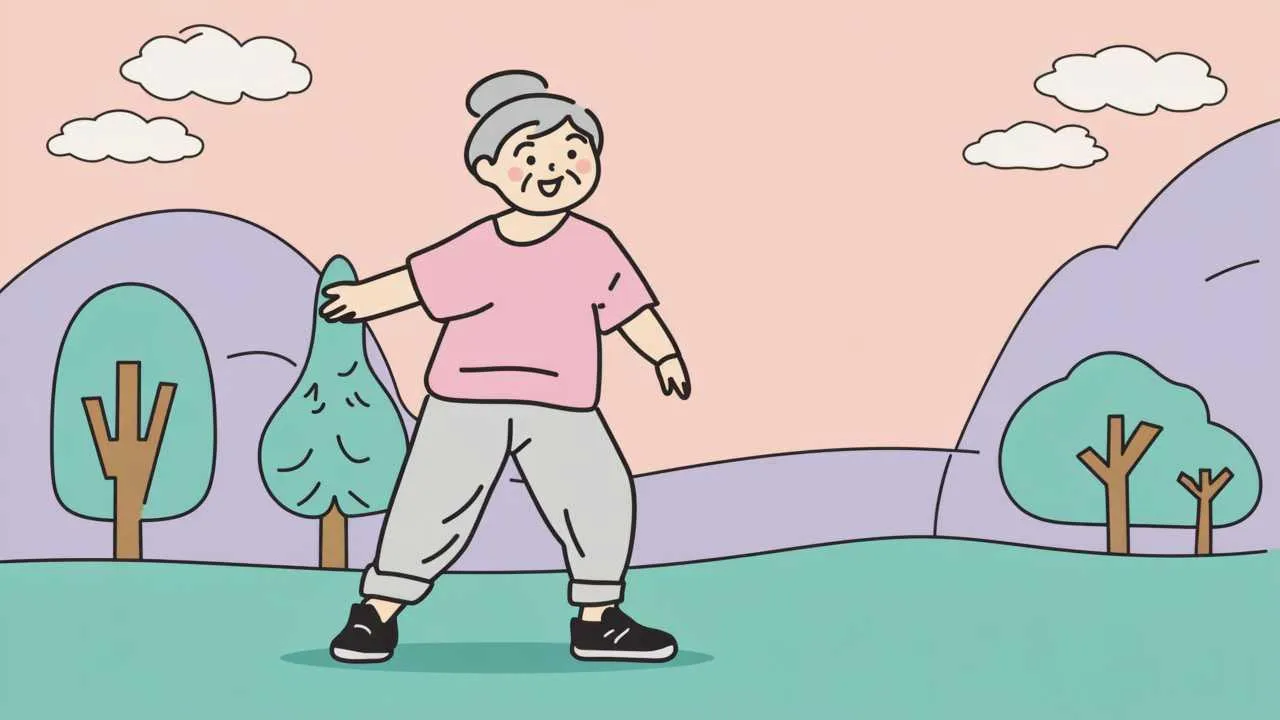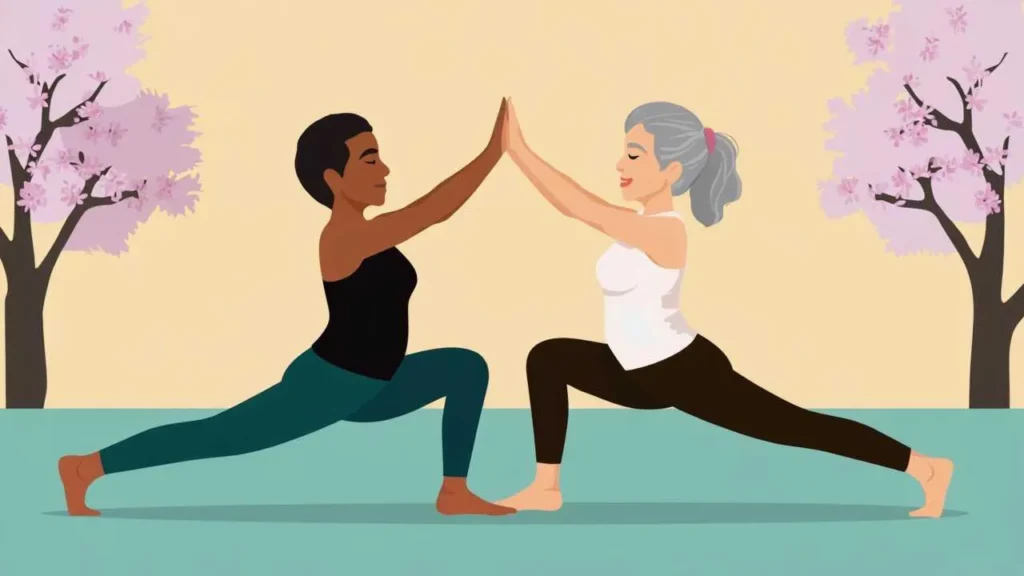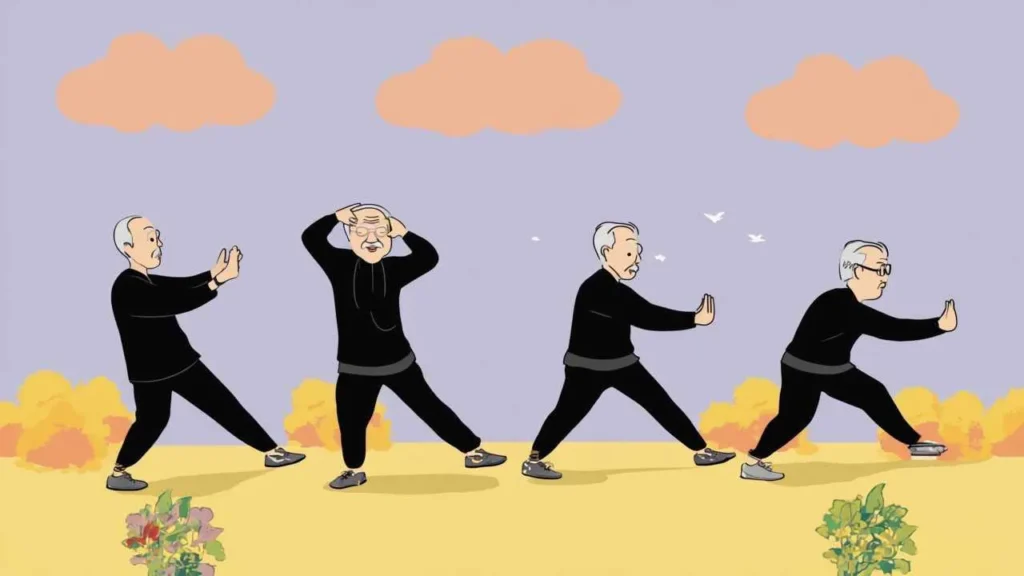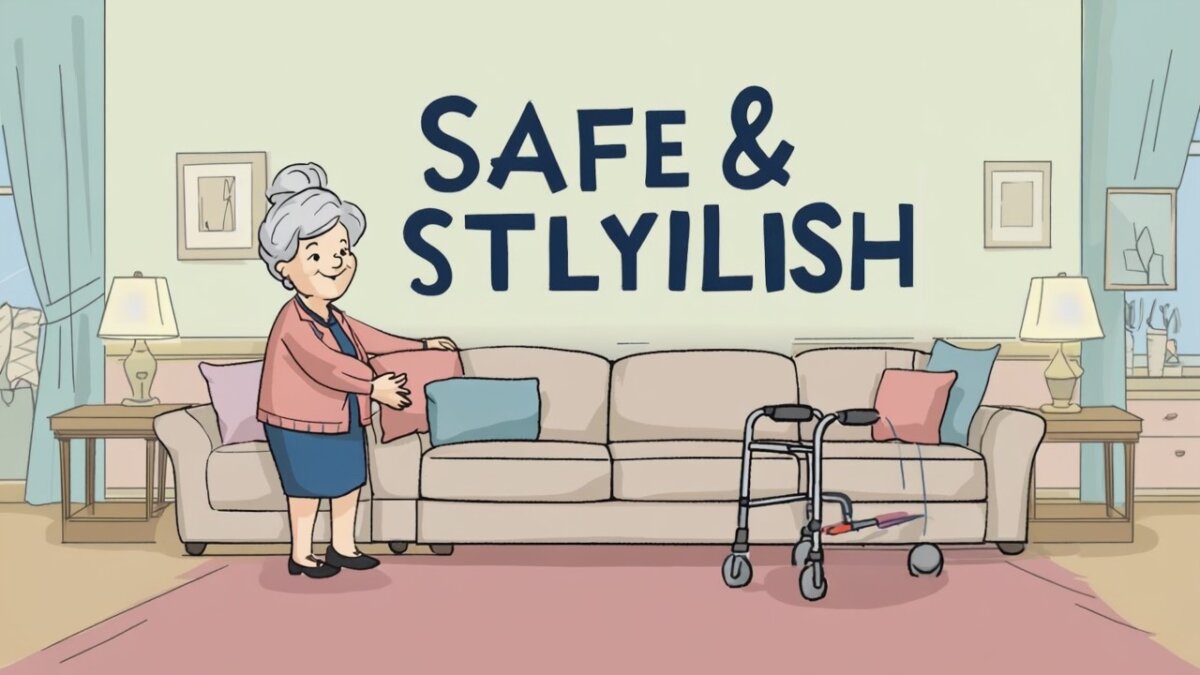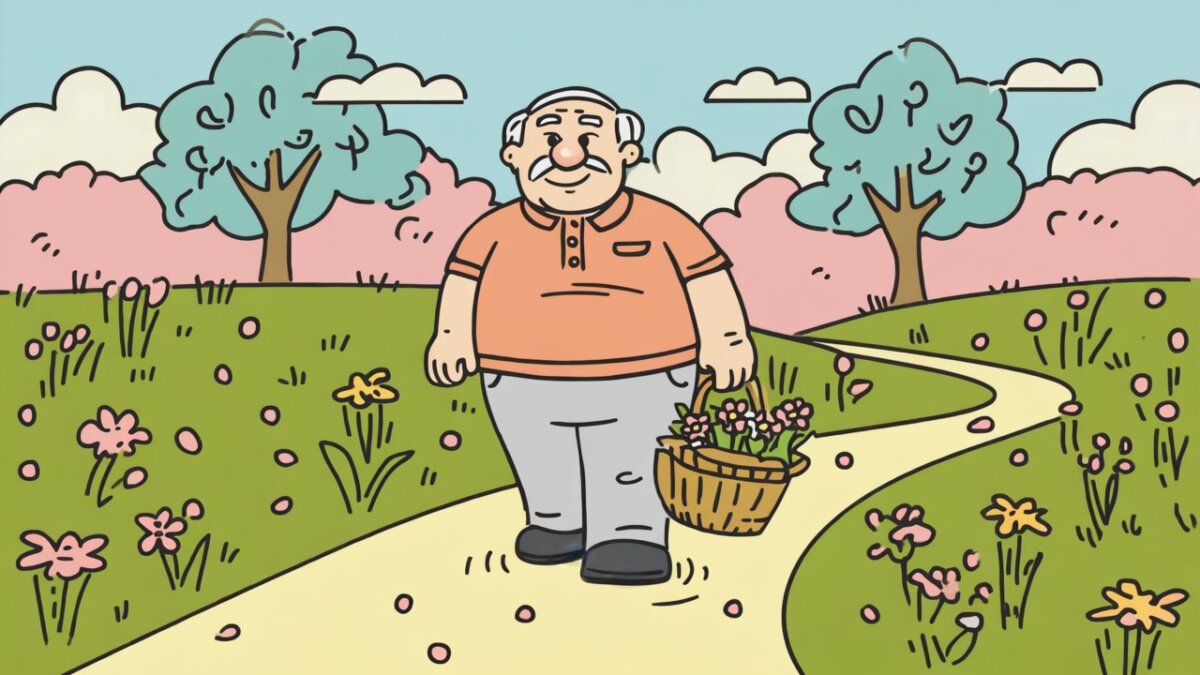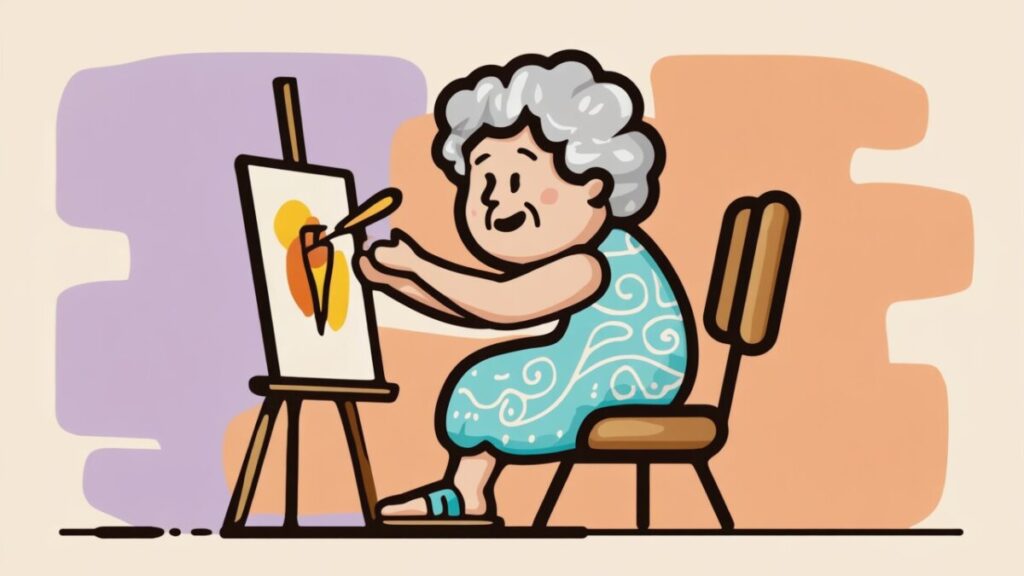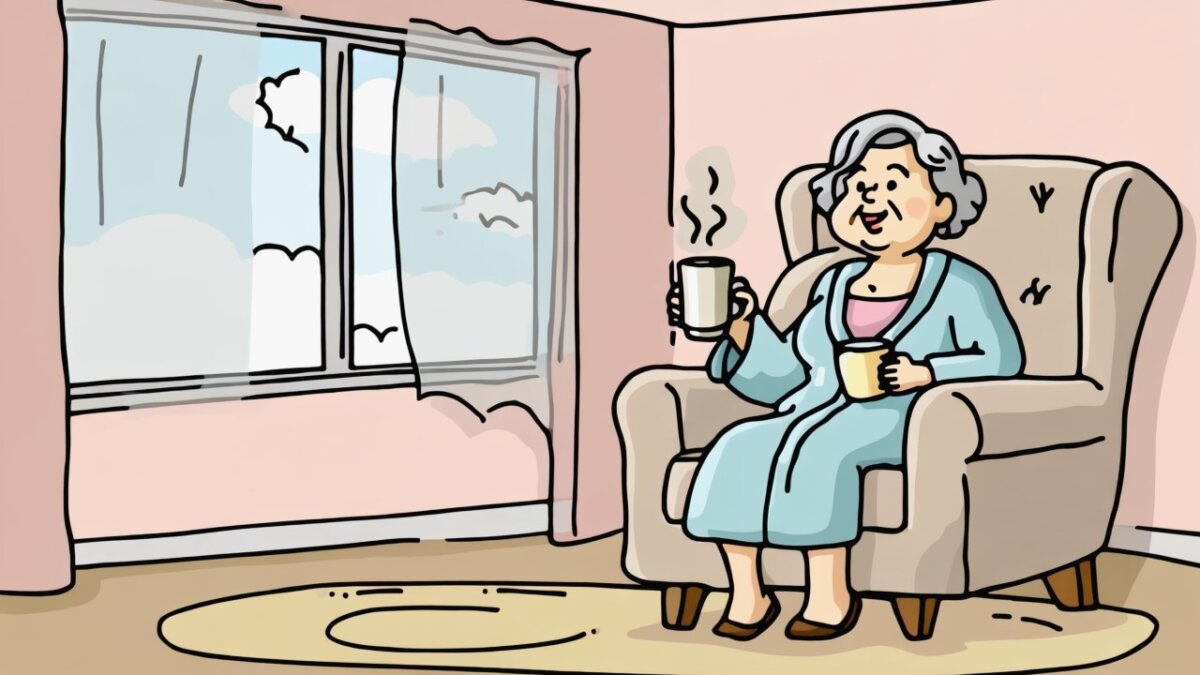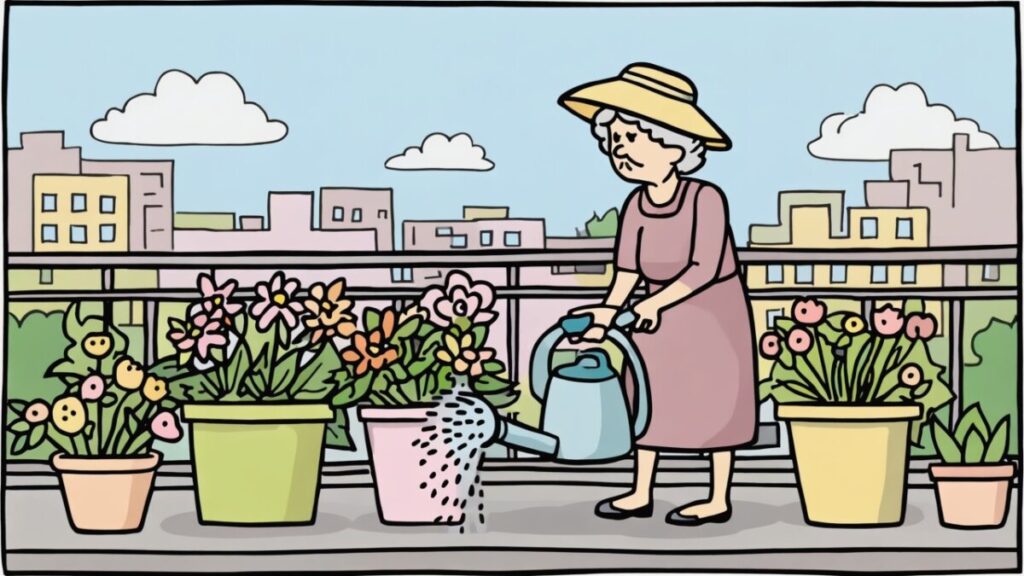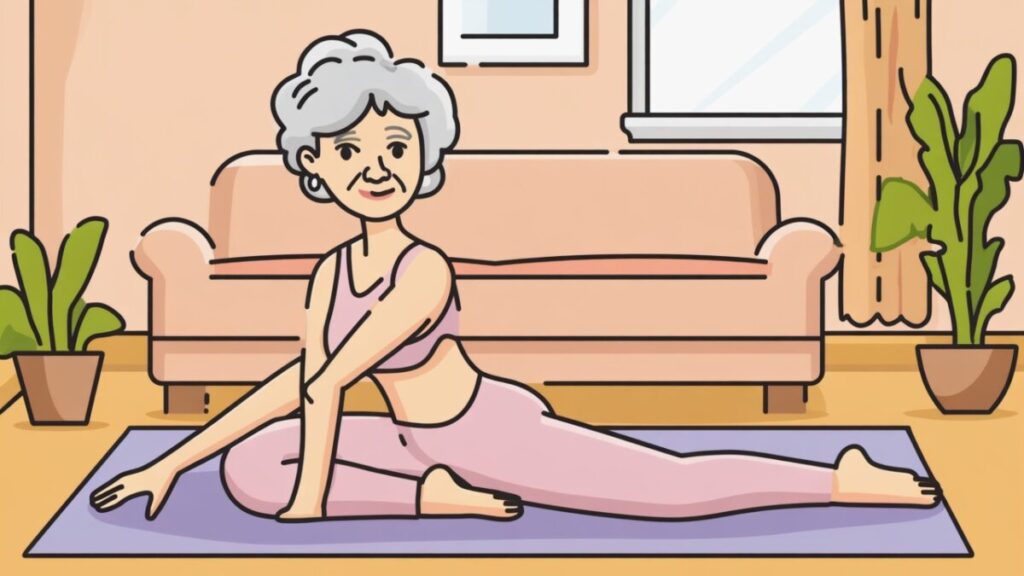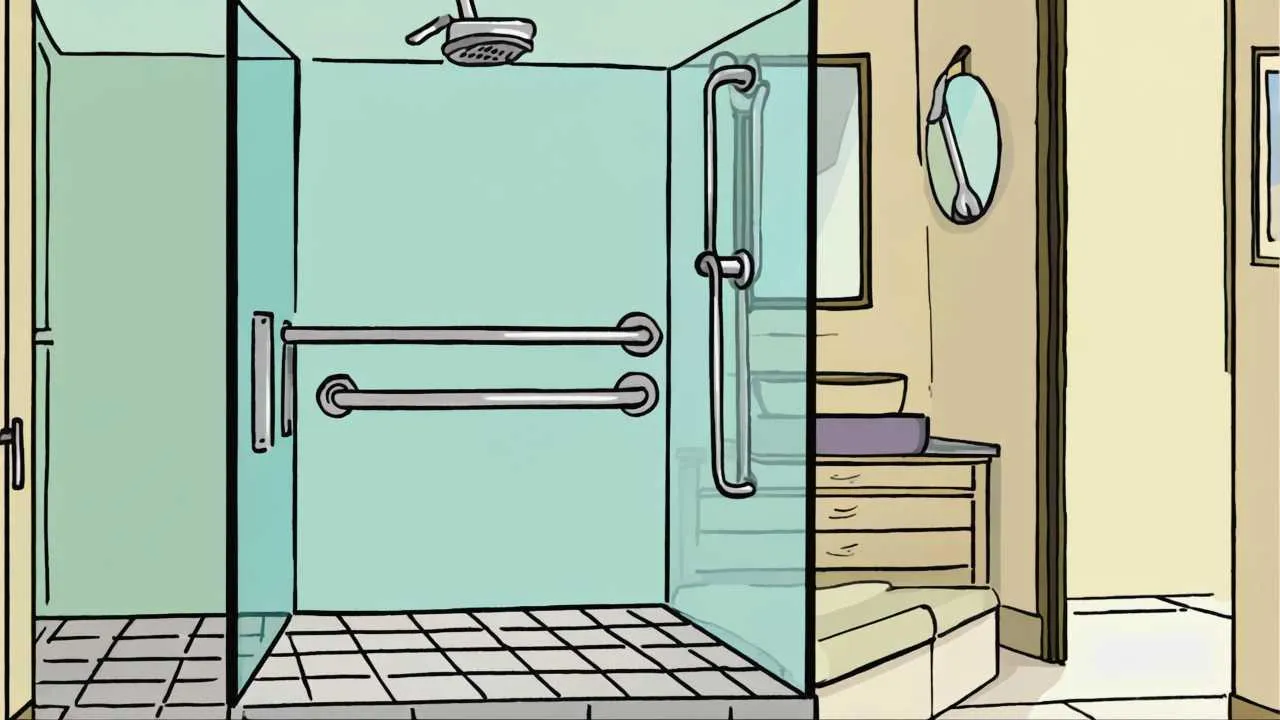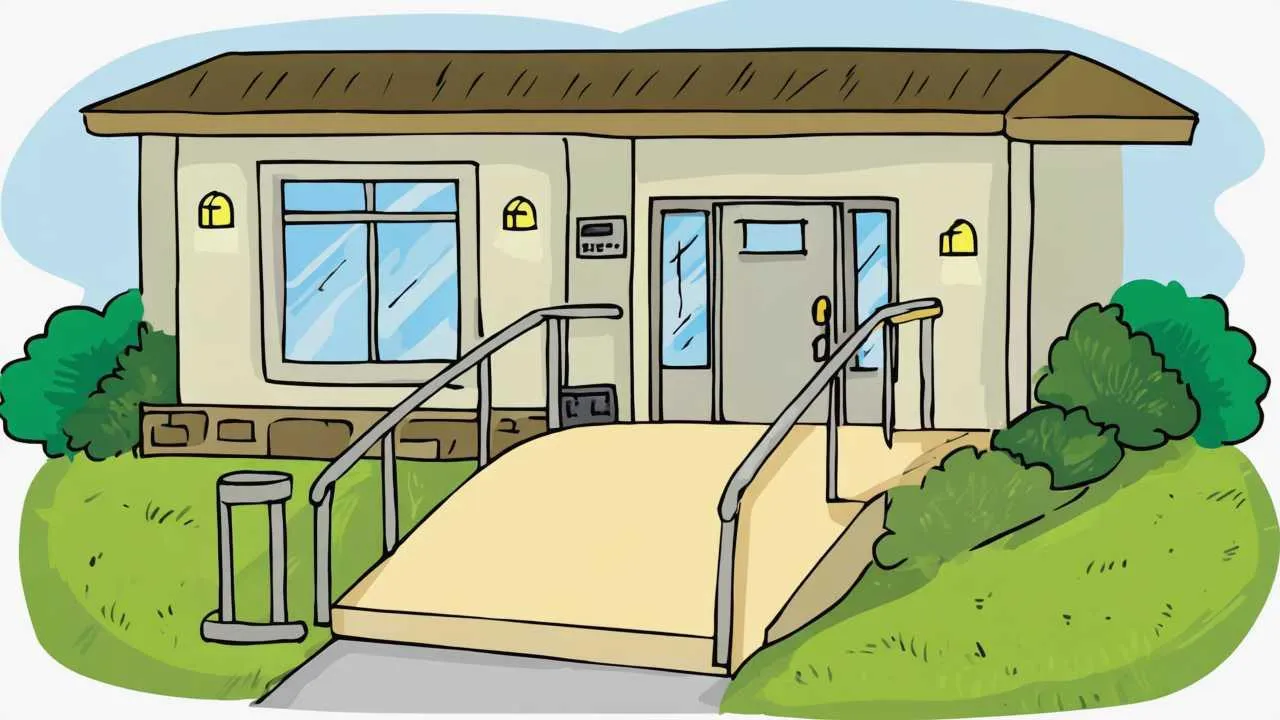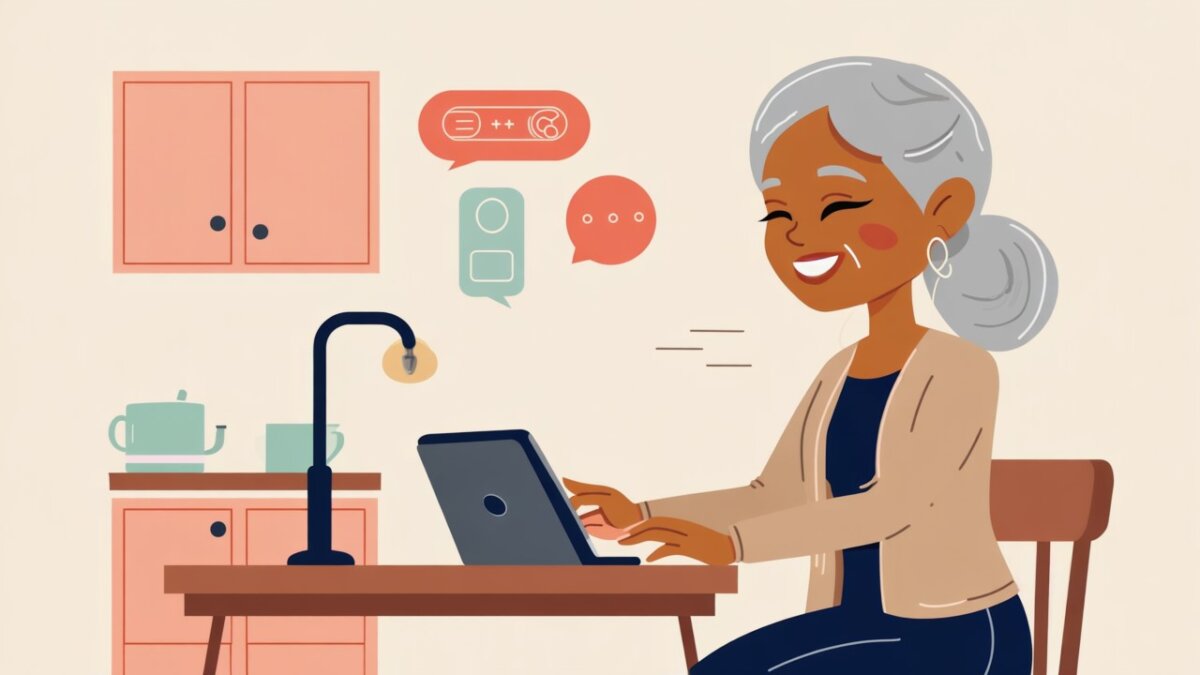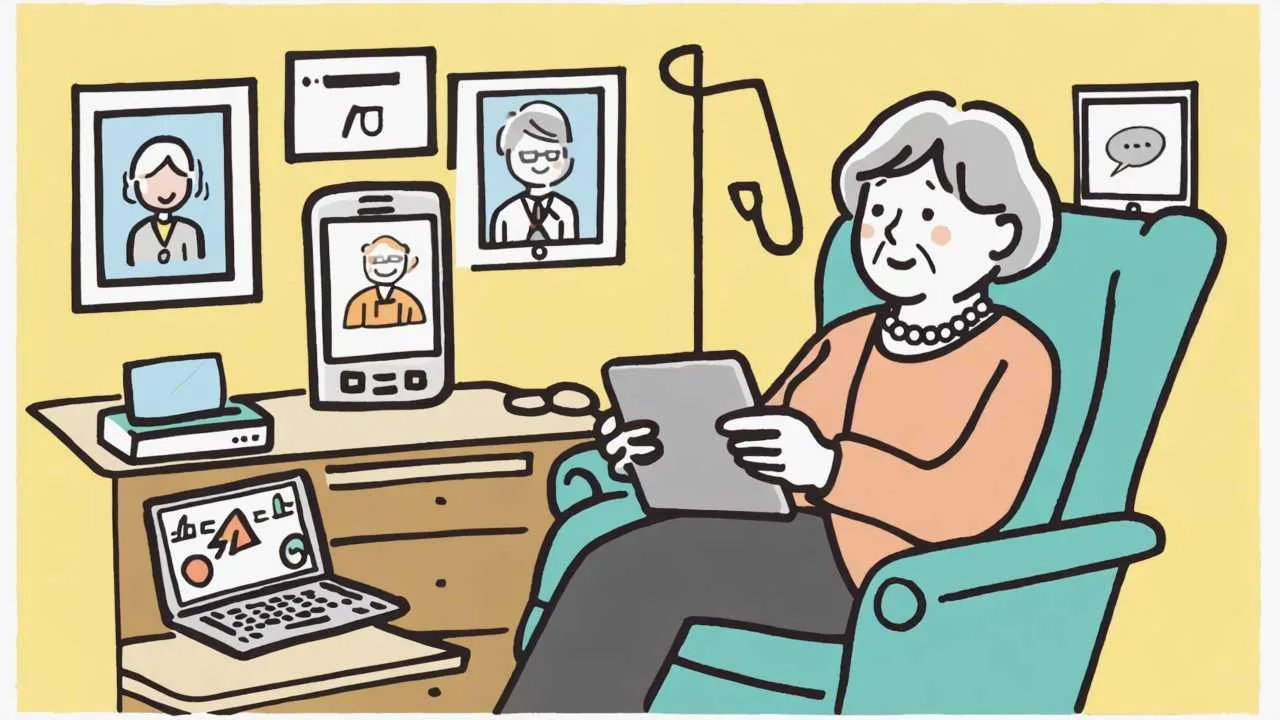
Visual Art by Artani Paris | Pioneer in Luxury Brand Art since 2002
Retirement brings financial freedom, but it also requires careful planning to make your savings last. In 2025, with inflation affecting everyday expenses and healthcare costs rising, developing practical money-saving habits has become more important than ever. The good news? You don’t need to sacrifice quality of life to live within your means. This comprehensive guide shares proven strategies that help retirees aged 60 and above maintain financial security while enjoying their retirement years. From reducing monthly bills to maximizing senior discounts, you’ll discover actionable steps that fit naturally into your daily routine. Whether you’re living on Social Security, a pension, or retirement savings, these habits can help stretch every dollar further without feeling like you’re constantly cutting back.
Understanding Your Retirement Income and Expenses
Before implementing money-saving strategies, you need a clear picture of your financial situation. Most retirees receive income from multiple sources: Social Security benefits (averaging $1,907 per month in 2025), pension payments, retirement account withdrawals, and sometimes part-time work. Understanding exactly what comes in each month helps you plan realistic spending limits.
Track your expenses for at least three months to identify spending patterns. Many retirees discover they’re spending more than expected on subscriptions they rarely use, dining out, or impulse purchases. Housing typically consumes 25-35% of retirement income, healthcare another 15-20%, and food about 10-15%. The remaining budget covers transportation, utilities, insurance, and discretionary spending.
Create a simple spreadsheet or use budgeting apps designed for seniors like Mint or EveryDollar. List fixed expenses (mortgage, insurance, utilities) separately from variable costs (groceries, entertainment, travel). This visibility empowers you to make informed decisions about where to cut back without affecting your quality of life. Remember that your spending needs may change as you age, so review your budget quarterly and adjust as needed.
| Expense Category | Typical % of Budget | Money-Saving Opportunity |
|---|---|---|
| Housing (mortgage/rent, property tax) | 25-35% | Downsizing, refinancing, tax exemptions |
| Healthcare (insurance, medications, care) | 15-20% | Generic drugs, Medicare optimization, preventive care |
| Food (groceries, dining out) | 10-15% | Meal planning, senior discounts, bulk buying |
| Transportation (car, insurance, gas) | 8-12% | Public transit, car-sharing, maintenance schedules |
| Utilities (electric, gas, water, internet) | 5-8% | Energy efficiency, senior utility programs |
| Entertainment & Discretionary | 10-15% | Free activities, library resources, community programs |
Reducing Housing Costs Without Moving
Housing represents your largest expense, but you don’t necessarily need to sell your home to save money. Start by reviewing your property tax bill. Many states offer property tax exemptions or freezes for seniors aged 65 and above. In Texas, homeowners over 65 receive an additional $10,000 homestead exemption. Florida offers similar benefits, potentially saving you $500-2,000 annually depending on your location.
If you still carry a mortgage, consider refinancing if interest rates are favorable. Even a 1% rate reduction on a $150,000 mortgage can save you $125 per month. Some lenders offer special programs for seniors with lower fees and flexible terms. Alternatively, investigate a reverse mortgage if you’re 62 or older and have substantial home equity. This allows you to access your equity without monthly payments, though you should consult a financial advisor to understand the implications.
Energy efficiency improvements deliver ongoing savings. Installing a programmable thermostat costs around $100-250 but can reduce heating and cooling expenses by 10-15% annually. Replace old appliances with Energy Star models when they need replacing. Many utility companies offer free energy audits for seniors and rebates for efficiency upgrades. Seal drafts around windows and doors with weather stripping, add insulation to your attic, and consider switching to LED bulbs throughout your home.
Home maintenance prevents costly repairs. Create a seasonal maintenance checklist: clean gutters in fall, service your HVAC system twice yearly, check for water leaks regularly, and address small issues before they become expensive problems. Many communities offer volunteer programs where younger neighbors help seniors with basic home maintenance tasks at no cost.


Visual Art by Artani Paris
Maximizing Healthcare Savings
Healthcare expenses rise significantly after 60, but strategic choices can reduce costs substantially. First, optimize your Medicare coverage. Review your Medicare Advantage or Medigap plan annually during the enrollment period (October 15 – December 7). Plans change their coverage and costs each year. You might find a plan that covers your medications better or costs less while maintaining the same benefits.
Prescription medications offer the biggest savings opportunity. Ask your doctor about generic alternatives for brand-name drugs. Generic medications contain the same active ingredients and typically cost 80-85% less. A brand-name medication costing $200 per month might have a generic equivalent for $30-40. If you take multiple medications, use mail-order pharmacy services through your insurance plan for 90-day supplies at reduced rates.
Many pharmaceutical companies offer patient assistance programs for seniors who struggle with medication costs. The Partnership for Prescription Assistance (pparx.org) connects you with over 475 programs offering free or discounted medications. Additionally, retailers like Walmart, Costco, and Kroger offer low-cost generic drug programs with prices as low as $4 for a 30-day supply of common medications.
Preventive care saves money long-term. Medicare covers many preventive services at no cost: annual wellness visits, cancer screenings, cardiovascular screenings, and diabetes testing. Use these benefits to catch health issues early when they’re easier and less expensive to treat. Maintain a healthy lifestyle through regular exercise, balanced nutrition, and adequate sleep to reduce the likelihood of developing costly chronic conditions.
Consider telehealth for minor medical issues. Virtual doctor visits typically cost $40-75 compared to $150-200 for in-office visits. Many insurance plans now cover telehealth services, making them an affordable option for non-emergency situations. This also saves on transportation costs and time spent in waiting rooms.
| Healthcare Strategy | Potential Annual Savings | Action Required |
|---|---|---|
| Switch to generic medications | $1,200-3,000 | Ask your doctor about alternatives |
| Review Medicare plan annually | $500-1,500 | Compare plans during enrollment period |
| Use mail-order pharmacy (90-day supply) | $300-800 | Enroll through your insurance plan |
| Utilize patient assistance programs | $600-2,000 | Apply at pparx.org |
| Choose telehealth for minor issues | $200-500 | Download your insurance’s app |
| Take advantage of preventive care | Avoid $2,000+ in treatment costs | Schedule annual wellness visit |
Smart Grocery Shopping and Meal Planning
Food expenses can be significantly reduced through strategic shopping and meal planning. Start by creating a weekly meal plan before shopping. This prevents impulse purchases and reduces food waste. According to the USDA, the average household wastes 30-40% of their food supply, representing $1,500 annually for a two-person household. Planning meals around what you already have and shopping with a specific list eliminates this waste.
Take full advantage of senior discounts at grocery stores. Many chains offer 5-10% discounts on specific days: Albertsons offers 10% off on the first Wednesday of each month for seniors 55+, while Harris Teeter provides 5% off every Thursday for ages 60+. Some stores offer year-round senior discount programs. Call your local grocery stores to ask about their senior discount days and times.
Buy store brands instead of name brands. Store brands typically cost 20-25% less and often come from the same manufacturers as name brands. Compare unit prices (price per ounce or pound) rather than package prices to find the best deals. Stock up on non-perishable items when they’re on sale, especially items you use regularly like canned goods, pasta, rice, and frozen vegetables.
Consider joining a wholesale club like Costco or Sam’s Club if you have storage space. The annual membership fee ($60-120) pays for itself if you regularly purchase items in bulk. Split large packages with friends or neighbors if quantities are too large for your household. Wholesale clubs also offer excellent prices on prescription medications, gasoline, and household items.
Reduce restaurant dining frequency. Eating out costs 3-4 times more than cooking at home. If you enjoy dining out, limit it to once or twice weekly instead of several times. Many restaurants offer early bird specials for seniors (typically 4-6 PM) with discounts of 10-25%. Take advantage of loyalty programs and senior discount apps like GoldCard that aggregate senior discounts in your area.
Grow your own herbs and vegetables if you have space. Even a small patio or windowsill can support herbs like basil, rosemary, and cilantro, saving you $5-10 weekly on fresh herbs. Container gardening for tomatoes, peppers, and lettuce requires minimal space and effort while providing fresh, organic produce. Gardening also offers gentle exercise and mental health benefits.
Transportation Savings That Maintain Independence
Transportation represents a significant expense for retirees, but you can reduce costs without sacrificing mobility. First, evaluate whether you need two vehicles if you’re married or partnered. The average cost of owning a car in 2025 is approximately $9,500 annually (including insurance, maintenance, fuel, and depreciation). Eliminating one vehicle immediately saves you thousands while shared vehicle use often works well for retirees with flexible schedules.
Shop around for auto insurance annually. Many insurers offer senior discounts (typically 5-15% for drivers 55+) and low-mileage discounts if you drive fewer than 7,500 miles yearly. Consider increasing your deductible from $250 to $500 or $1,000 to reduce premiums by 15-30%. If your car is older and fully paid off, dropping collision coverage might make financial sense. Compare quotes from at least three insurers and use comparison websites like Compare.com or The Zebra.
Maintain your vehicle properly to prevent costly repairs. Follow the manufacturer’s maintenance schedule for oil changes, tire rotations, and fluid replacements. Proper maintenance extends your vehicle’s lifespan and improves fuel efficiency. Keep tires properly inflated to improve gas mileage by 3-5%. Learn to perform simple tasks yourself like replacing windshield wipers, air filters, and checking fluid levels.
Explore public transportation options in your area. Many cities offer reduced or free transit fares for seniors. In New York City, seniors 65+ ride subways and buses for half price. Los Angeles offers deeply discounted TAP cards for seniors. Even if you don’t use public transit daily, having a senior transit pass available saves money for occasional trips and reduces wear on your vehicle.
Consider ride-sharing services for occasional needs rather than maintaining a second vehicle. Services like Uber and Lyft cost significantly less than car ownership when used occasionally. Some communities offer senior-specific transportation services through Area Agencies on Aging at reduced rates or no cost for medical appointments and essential errands. GoGoGrandparent provides a non-smartphone interface for ride-sharing, making it accessible for seniors who don’t use smartphones.
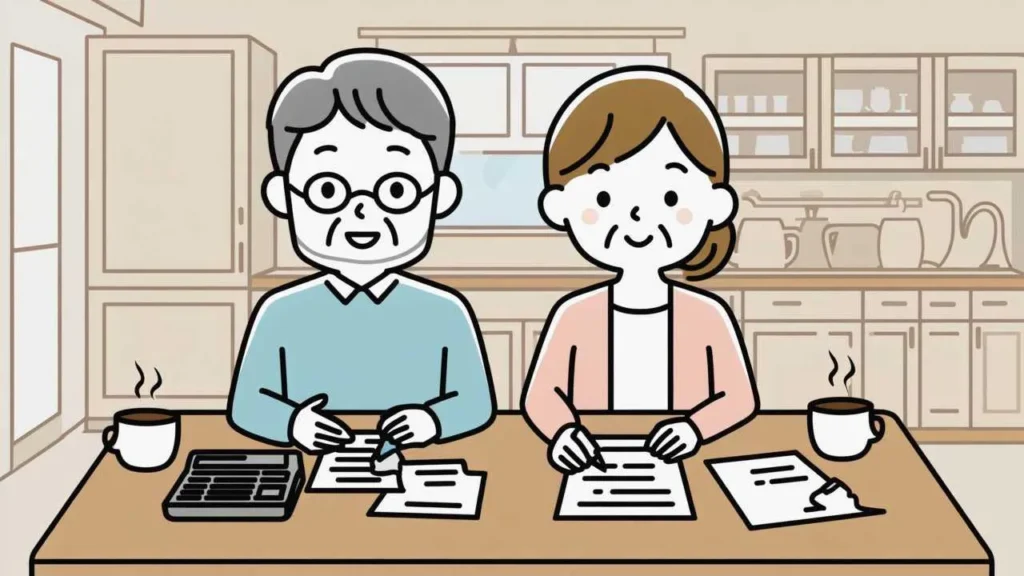

Visual Art by Artani Paris
Reducing Utility and Communication Expenses
Utility bills and communication services offer substantial savings opportunities with minimal lifestyle changes. Start with your internet and phone services. Contact your providers annually to negotiate better rates. Mention competitor offers and ask about senior discounts or loyalty programs. Many companies offer unadvertised retention deals to keep existing customers. If negotiation fails, don’t hesitate to switch providers. Competition in the telecommunications industry works in your favor.
Evaluate whether you need both a landline and cell phone. Most seniors can eliminate their landline, saving $30-50 monthly. If you prefer keeping a landline for emergencies, consider VoIP services like Ooma or MagicJack that cost $5-10 monthly instead of traditional phone service at $30-50 monthly. For cell service, consider affordable carriers like Mint Mobile, Consumer Cellular, or Cricket Wireless that offer plans specifically designed for seniors starting at $15-25 monthly for basic service.
Review your cable or streaming subscriptions. The average American household pays $116 monthly for cable TV in 2025. Cut the cord and use streaming services instead, saving 50-70% on entertainment costs. A combination of Netflix ($15.49), Hulu ($7.99), and a digital antenna for local channels costs under $30 monthly. Many seniors find they watch only 5-10 channels regularly, making expensive cable packages wasteful. Public libraries often offer free streaming service subscriptions through services like Hoopla and Kanopy.
Reduce electricity consumption through behavioral changes. Adjust your thermostat by 2-3 degrees (lower in winter, higher in summer) to save 5-10% on heating and cooling costs. Use fans to supplement air conditioning. Unplug devices when not in use, as many electronics draw “phantom power” even when turned off. Run dishwashers and washing machines with full loads during off-peak hours if your utility offers time-of-use rates.
Apply for utility assistance programs. The Low Income Home Energy Assistance Program (LIHEAP) helps eligible seniors pay heating and cooling bills. Many states offer additional utility discount programs for seniors regardless of income level. Contact your utility companies directly to ask about senior discounts and payment assistance programs. Some utilities offer budget billing that averages your annual costs into equal monthly payments, preventing seasonal bill shock.
| Service | Traditional Cost | Money-Saving Alternative | Monthly Savings |
|---|---|---|---|
| Cable TV | $116 | Streaming services + antenna | $85-90 |
| Landline phone | $30-50 | VoIP service (Ooma, MagicJack) | $20-45 |
| Cell phone (major carrier) | $70-90 | Senior-focused carrier (Consumer Cellular) | $45-65 |
| High-speed internet | $65-80 | Negotiate or switch providers | $15-30 |
| Monthly potential savings | – | – | $165-230 |
| Annual potential savings | – | – | $1,980-2,760 |
Entertainment and Leisure Without Breaking the Bank
Retirement should include enjoyable activities, and entertainment doesn’t need to be expensive. Your local library offers far more than books. Most libraries provide free access to e-books, audiobooks, magazines, newspapers, movies, music streaming, and educational courses. Many libraries offer free or low-cost classes on computers, languages, crafts, and other topics. Library cards also grant access to museum passes, concert tickets, and community event discounts.
Take advantage of senior discounts for entertainment venues. Movie theaters typically offer senior discounts of $2-4 per ticket for showings before 6 PM. Museums, zoos, botanical gardens, and performing arts centers provide senior rates ranging from 10-50% off regular admission. National Parks offer lifetime senior passes for $80 that grant access to over 2,000 federal recreation sites. State parks often offer free or discounted admission for residents aged 62 and above.
Participate in free community activities. Senior centers provide free or low-cost classes, social events, exercise programs, and day trips. Check your local parks and recreation department for free concerts, outdoor movies, festivals, and community events. Many communities host regular farmers markets, art walks, and cultural celebrations that cost nothing to attend. Volunteer opportunities provide social engagement and purpose while costing nothing.
Join hobby groups and clubs that align with your interests. Book clubs, walking groups, bird watching societies, and gardening clubs typically have no or minimal membership fees. These activities provide social interaction, mental stimulation, and entertainment without significant costs. Online communities and virtual classes through platforms like YouTube offer free instruction on virtually any hobby or skill you want to learn.
Travel during off-peak seasons for substantial savings. Airlines, hotels, and tour operators offer significantly lower rates during shoulder seasons. Tuesday and Wednesday flights cost less than weekend travel. Book accommodations directly with hotels rather than through third-party sites for better rates and the ability to negotiate. Join loyalty programs for airlines, hotels, and car rental companies to accumulate points for free or discounted travel. Websites like RoadScholar specialize in educational travel programs specifically designed for seniors at reasonable prices.
Real Success Stories
Case Study 1: Phoenix, Arizona
Margaret Thompson (68 years old)
Margaret retired from teaching with a modest pension and Social Security benefits totaling $3,200 monthly. She struggled with rising costs in Phoenix and felt her money disappearing faster each month. After reviewing her expenses, she discovered she was spending over $800 monthly on groceries and dining out, $250 on cable she rarely watched, and $180 on a gym membership she seldom used.
Margaret implemented several changes: She started meal planning, shopping with lists, and using senior discount days at Safeway. She canceled cable and switched to streaming services, saving $85 monthly. She dropped her gym membership and joined a free senior fitness program at her local recreation center. She refinanced her mortgage, reducing her payment by $140 monthly. She also applied for Arizona’s property tax freeze for seniors, saving an additional $75 monthly.
Results after 6 months:
- Food costs reduced from $800 to $450 monthly (saving $350)
- Total monthly savings: $650
- Annual savings: $7,800
- Created an emergency fund with the savings
- Reduced financial stress and improved sleep quality
“I can’t believe I was wasting so much money without realizing it. These simple changes didn’t make me feel deprived at all. In fact, I feel more in control of my finances than I have in years. The meal planning actually improved my eating habits, and the community center fitness classes are more social and enjoyable than my old gym.” – Margaret Thompson
Case Study 2: Tampa, Florida
Robert and Linda Martinez (72 and 70 years old)
The Martinez couple lived comfortably on Robert’s pension and both their Social Security benefits totaling $4,500 monthly. However, they wanted to travel more in retirement and needed to reduce expenses to afford their travel goals. Their biggest expenses were transportation (two car payments totaling $650 monthly) and healthcare (premium Medicare Supplement plan and expensive brand-name medications totaling $450 monthly).
They paid off one car using savings and eliminated that $320 payment. Linda switched to using Robert’s car for errands and ride-sharing for her book club meetings. They reviewed their Medicare Supplement plans during open enrollment and found comparable coverage for $85 less monthly. Their doctor switched their medications to generic equivalents, reducing prescription costs by $180 monthly. They also started using their utility company’s budget billing and made home efficiency improvements that reduced energy costs by $40 monthly.
Results after 8 months:
- Monthly expenses reduced by $625
- Annual savings: $7,500
- Funded a two-week trip to Italy from first year’s savings
- Building travel fund for annual international trips
- No reduction in quality of life or healthcare coverage
“We thought we’d have to sacrifice to travel more, but we were just paying for things we didn’t need or could get cheaper. Reducing to one car was easier than expected since we’re both retired and can coordinate schedules. The money we’re saving lets us do what we really want to do in retirement.” – Robert Martinez
Case Study 3: Austin, Texas
David Chen (65 years old)
David took early retirement and needed to make his savings last until he qualified for Medicare at 65. His biggest concern was health insurance premiums costing $850 monthly through COBRA. He also spent heavily on convenience: frequent restaurant meals ($600 monthly), premium cable and internet packages ($200 monthly), and impulse online shopping averaging $300 monthly.
David addressed his healthcare first by shopping the Health Insurance Marketplace and finding a plan for $425 monthly with similar coverage. He started cooking at home using senior cooking classes at his community center, reducing restaurant spending to $150 monthly. He canceled cable, kept internet, and added two streaming services for total savings of $125 monthly. He implemented a “24-hour rule” before online purchases, eliminating most impulse buying and saving approximately $200 monthly on unnecessary items.
Results after 4 months:
- Monthly savings: $1,000
- Annual savings: $12,000
- Improved health from home cooking and avoiding processed restaurant food
- Discovered a passion for cooking through community classes
- Extended retirement savings longevity by several years
- Reduced credit card debt from impulse purchases
“The health insurance savings alone made a huge difference, but changing my spending habits in other areas was eye-opening. I was spending money to fill time rather than on things I truly valued. Now I spend less, eat better, and feel more purposeful about my retirement.” – David Chen
Frequently Asked Questions
How much should I expect to spend monthly in retirement?
Most financial experts recommend budgeting for 70-80% of your pre-retirement income, though actual needs vary significantly based on lifestyle, location, and health status. The Bureau of Labor Statistics reports that households headed by someone 65 or older spend an average of $4,345 monthly ($52,141 annually) in 2025. However, your personal budget depends on factors like whether you have a mortgage, your healthcare needs, and your lifestyle choices. Create a detailed budget based on your actual expenses rather than relying on averages to ensure your savings last throughout retirement.
What are the biggest money mistakes retirees make?
The most common financial mistakes include failing to plan for healthcare costs (which typically increase with age), underestimating longevity and running out of money, withdrawing too much from retirement accounts too early, carrying high-interest debt into retirement, and not adjusting spending when income changes. Many retirees also miss out on available senior discounts and benefits simply because they don’t ask or aren’t aware of them. Creating a comprehensive retirement budget and reviewing it regularly helps avoid these pitfalls.
Can I really save money without feeling deprived?
Absolutely. The key is distinguishing between spending that brings genuine value and satisfaction versus habitual or convenience spending. Most people find they can reduce expenses by 15-25% without significantly impacting quality of life by eliminating unused subscriptions, reducing waste, shopping strategically, and taking advantage of senior discounts. Focus on cutting costs in areas that matter least to you while maintaining or increasing spending on activities and experiences that bring joy and fulfillment. Smart saving is about aligning spending with values, not deprivation.
How do I know if I’m overspending on healthcare?
Review your Medicare coverage annually and ensure you’re not paying for duplicate coverage. Compare your current plan’s costs and coverage against alternatives during the open enrollment period. Ask your doctor about generic medication alternatives, which typically cost 80-85% less than brand names. If you’re spending more than $400 monthly on medications, investigate patient assistance programs and discount pharmacy programs. Many seniors overpay by not optimizing their Medicare plans or by using brand-name drugs when equally effective generics exist. A Medicare counselor (available free through State Health Insurance Assistance Programs) can review your coverage and identify savings opportunities.
What senior discounts should I be using regularly?
The most valuable regular discounts include grocery store senior days (5-10% off), restaurant early bird specials (10-25% off), prescription drug discount programs (potential savings of thousands annually), utility company senior discounts (5-20% off monthly bills), property tax exemptions or freezes (potentially $50-200 monthly), and public transportation senior fares (often 50% off regular rates). Entertainment venues like movie theaters, museums, and parks offer senior rates typically ranging from 10-50% off. Always ask “Do you offer a senior discount?” at any business you frequent. Many discounts exist but aren’t advertised, and businesses won’t offer them unless you ask.
Should I downsize my home to save money?
Downsizing can generate significant savings through reduced mortgage or rent, lower property taxes, decreased maintenance costs, and smaller utility bills. However, consider the total picture including moving costs, real estate transaction fees (typically 6-8% of sale price), emotional attachment to your home, and proximity to family and friends. Sometimes you can achieve similar savings by staying in your home through strategies like refinancing, renting out a room, or taking advantage of senior property tax exemptions. Downsizing makes the most financial sense when your home requires substantial maintenance you can’t afford or manage, when property taxes are becoming burdensome, or when you want to relocate to a lower cost-of-living area anyway.
How can I reduce food costs without sacrificing nutrition?
Strategic shopping and meal planning reduce food costs by 30-40% without compromising nutrition. Shop senior discount days, buy store brands, purchase seasonal produce, and stock up on sales for non-perishables. Plan weekly menus around what’s on sale and what you already have. Cook larger batches and freeze portions for later. Buy whole chickens instead of parts, dried beans instead of canned, and block cheese instead of pre-shredded. These whole foods cost less and are often more nutritious than processed alternatives. Farmer’s markets sometimes offer senior discounts and end-of-day deals on fresh produce. Growing even a small herb garden saves money while providing fresh ingredients.
What’s the best way to handle unexpected expenses in retirement?
Build and maintain an emergency fund covering 3-6 months of expenses. If you don’t have one yet, start small by setting aside even $25-50 monthly until you build adequate reserves. Prioritize building this fund before other financial goals. For major unexpected expenses like home repairs or medical bills, explore payment plans rather than immediately depleting savings or using credit cards. Many providers offer interest-free payment arrangements if you ask. Consider a Home Equity Line of Credit (HELOC) as a backup for true emergencies, but use it sparingly and pay it off quickly. Insurance (home, auto, health) serves as your first line of defense against large unexpected costs, so maintain adequate coverage despite the temptation to reduce these expenses.
How do I talk to my spouse about reducing spending?
Approach the conversation as a partnership focused on shared goals rather than restrictions. Start by reviewing your complete financial picture together: current income, expenses, savings, and future goals. Frame spending reductions as ways to fund what you both value rather than punishment or deprivation. Identify areas where each of you is willing to cut back and areas that are non-negotiable for quality of life. Create a budget together that reflects both partners’ priorities. Schedule regular money meetings (monthly or quarterly) to review progress and adjust as needed. Consider working with a financial advisor for objective guidance if discussions become contentious. Remember that you’re a team working toward shared security and happiness in retirement.
Are there any resources to help seniors with financial planning?
Yes, numerous free or low-cost resources exist. The National Council on Aging (NCOA) offers free benefits checkup tools to identify assistance programs you qualify for. Your State Health Insurance Assistance Program (SHIP) provides free Medicare counseling. Area Agencies on Aging offer financial education workshops and individual counseling. Many public libraries host free financial planning workshops specifically for seniors. Non-profit credit counseling agencies approved by the National Foundation for Credit Counseling provide free or low-cost financial counseling. AARP offers free financial planning tools and resources for members. Your local senior center likely hosts regular financial literacy programs. These resources help you make informed decisions without expensive financial advisor fees, though you should consider hiring a fee-only certified financial planner for complex situations.
Take Action Today: Your 6-Step Money-Saving Plan
- Track every expense for 30 days – Use a notebook, spreadsheet, or budgeting app to record all spending. This reveals patterns and identifies areas where money disappears without delivering value. You can’t fix problems you can’t see, so honest tracking is the essential first step.
- Review and optimize insurance coverage – Compare your current Medicare plan against alternatives during the next enrollment period. Shop for auto and home insurance quotes from at least three providers. Ask about senior discounts and low-mileage discounts. Ensure you’re not paying for duplicate or unnecessary coverage. This single step can save $1,000+ annually with just a few hours of research.
- Switch to generic medications – Schedule an appointment specifically to discuss medication costs with your doctor. Ask about generic alternatives for every brand-name prescription you currently take. Use GoodRx or similar tools to compare pharmacy prices. This change alone can save many retirees $100-300 monthly with no reduction in treatment effectiveness.
- Eliminate one unused subscription or service – Review your credit card and bank statements for the past three months. Identify subscriptions, memberships, or services you rarely use. Cancel at least one this week. Common waste includes gym memberships used less than twice monthly, cable channels never watched, streaming services with overlapping content, magazine subscriptions that pile up unread, and premium phone features you don’t need.
- Implement meal planning and strategic shopping – Dedicate 30 minutes each Sunday to plan the week’s meals based on what’s on sale and what you already have. Create a detailed shopping list and commit to buying only listed items. Mark your calendar for senior discount days at nearby grocery stores. This habit saves $50-100 weekly for most retiree households while reducing food waste and improving nutrition.
- Apply for available benefits and assistance programs – Visit NCOA’s BenefitsCheckUp website to identify federal, state, and local programs you qualify for. Common programs include utility assistance, property tax relief, prescription drug assistance, and food assistance. Many seniors leave thousands of dollars in benefits unclaimed simply because they’re unaware these programs exist. Spend one hour this week checking eligibility and starting applications for relevant programs.
Disclaimer
This article is provided for informational purposes only and does not constitute professional medical, legal, or financial advice. Individual circumstances vary, and strategies mentioned may not be suitable for everyone. For personalized guidance regarding your specific financial situation, healthcare needs, or legal matters, please consult with qualified professionals in those respective fields.
Information current as of October 2, 2025. Laws, regulations, and benefit programs are subject to change.
Related Articles
- Best Low-Risk Investments for Retirees in 2025
- The Future of Senior Living: How AI is Changing Retirement
Updated October 2025
